Road Bike Helmet Lights: How to Choose and Use Them
If you’re an avid road cyclist, you know the importance of having a good-quality helmet. It’s not only essential for safety, but it’s also required by law in many areas. But have you considered adding a helmet light to your gear? Helmet lights are a great way to increase your visibility on the road, making you safer and more confident during your rides.
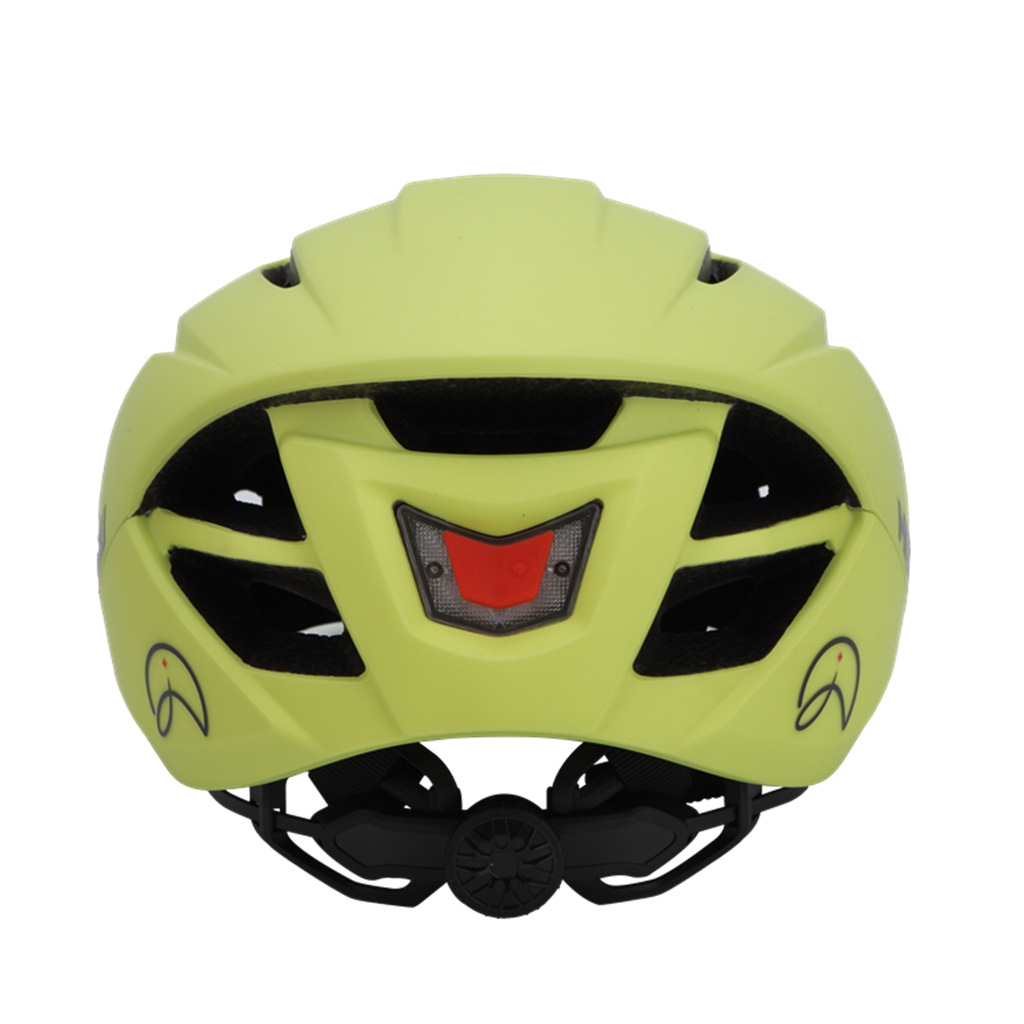
There are many different types of helmet lights available, so it’s important to find one that suits your needs. Some lights are designed to be mounted on the helmet, while others can be mounted on the bike itself. Some lights are bright and flashy, while others are more subtle and designed to improve your visibility without distracting other road users. With so many options available, it can be overwhelming to choose the right one for you. In this article, we’ll explore the benefits of road bike helmet lights, and provide some tips on how to choose the right one for your needs.
Importance of Lighting for Road Bike Helmets
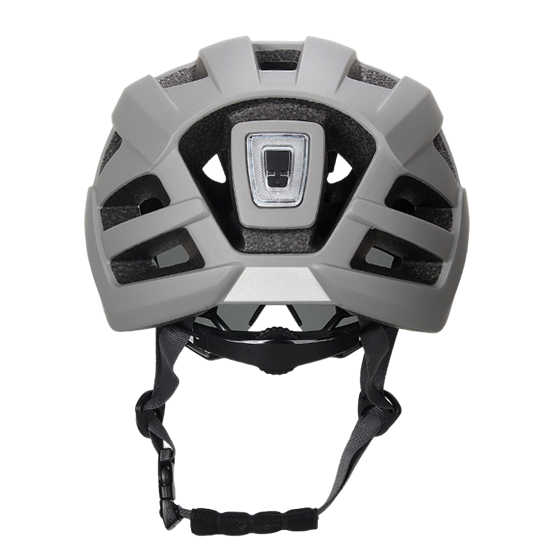
When it comes to cycling, safety should always be a top priority.
One important aspect of staying safe while cycling is ensuring that you are visible to other road users,
especially when cycling at night or in low-light conditions.
This is where road bike helmet lights come in.
Having a road bike helmet light is crucial for several reasons. For one, it increases your visibility on the road, making it easier for other road users to see you. This is especially important when cycling in low-light conditions or at night, when visibility is already reduced.
Another reason why road bike helmet lights are important is that they help you see the road ahead of you. This is particularly useful when cycling in areas with poor street lighting or when cycling on unlit roads.
With a helmet light, you can see any obstacles or hazards ahead of you,
allowing you to avoid them and stay safe.
When choosing a road bike helmet light, there are several factors to consider. These include the brightness of the light, the weight of the light, and the battery life of the light.
It’s important to choose a light that is bright enough to make you visible to other road users but not so bright that it blinds them.
Additionally, you want a light that is lightweight and doesn’t add too much weight to your helmet. Finally,
you want a light that has a long battery life so that you don’t have to worry about it running out of power during a ride.
In summary, having a road bike helmet light is essential for staying safe while cycling,
especially in low-light conditions or at night.
When choosing a helmet light,
make sure to consider factors such as brightness, weight,
and battery life to ensure that you choose a light that is both effective and practical.
Types of Road Bike Helmet Lights
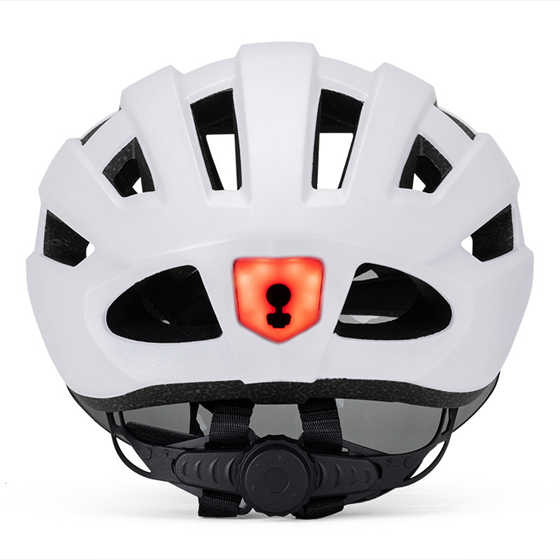
When it comes to road bike helmet lights, there are several types to choose from. Each type serves a different purpose and offers unique benefits. In this section, we will explore the different types of road bike helmet lights and what makes each one unique.
Front Lights
Front lights are the most important type of road bike helmet light. They provide illumination for the rider and help them see where they are going.
Front lights come in various shapes and sizes, and they can be mounted on the helmet or the handlebars. Some front lights are designed to be ultra-bright, making them ideal for riding in low-light conditions.
Others are more compact and lightweight, making them a good choice for riders who want to minimize the weight of their gear.

Rear Lights
Rear lights are another important type of road bike helmet light.
They provide visibility for the rider and help other road users see them coming from behind.
Rear lights are usually red in color, and they can be mounted on the helmet or the seat post.
Some rear lights are designed to be ultra-bright, while others are more subtle and designed to be used in conjunction with other lights.
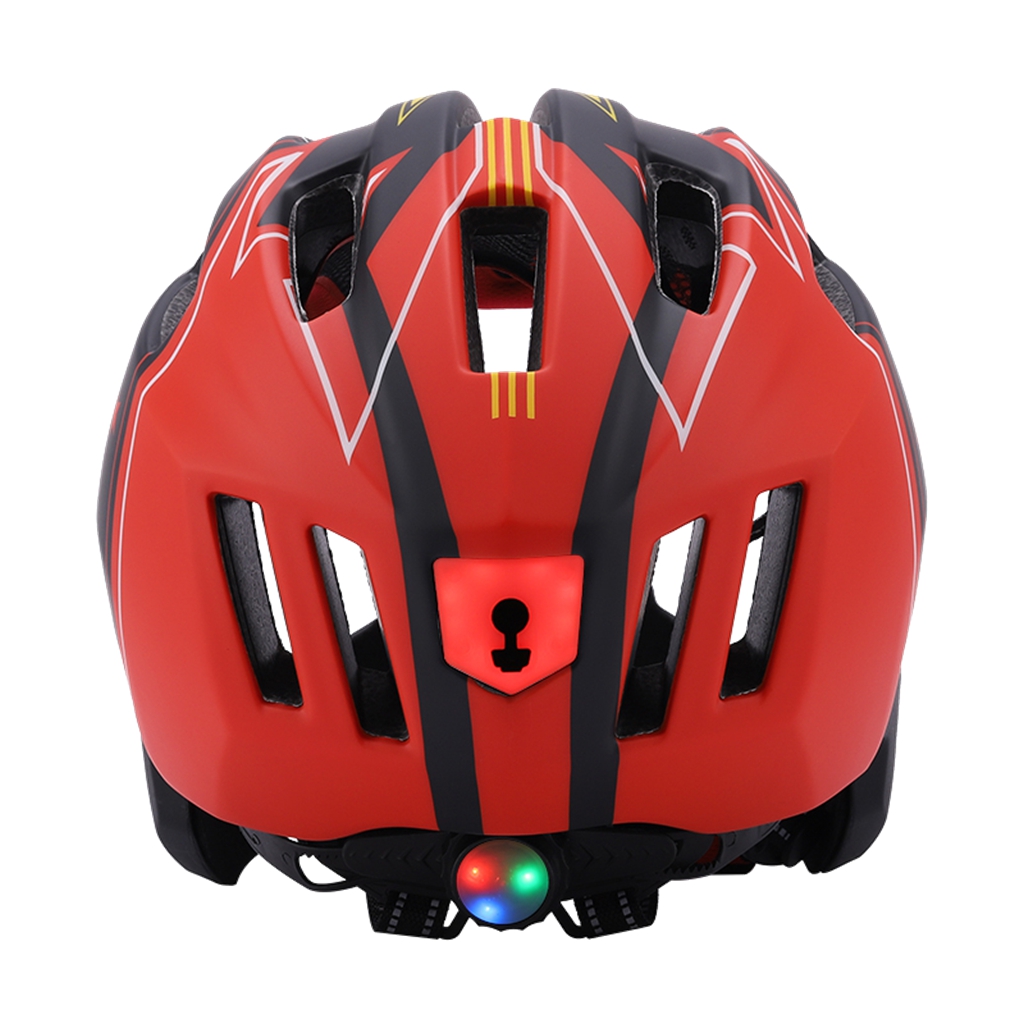
Side Lights
Side lights are a relatively new type of road bike helmet light. They provide visibility for the rider from the side, making them ideal for riding in traffic.
Side lights can be mounted on the helmet or the frame of the bike,
and they can be either white or red in color.
Some side lights are designed to be ultra-bright,
while others are more subtle and designed to be used in conjunction with other lights.
In conclusion, when choosing a road bike helmet light,
it’s important to consider the type of riding you will be doing and the conditions you will be riding in.
Front lights, rear lights, and side lights all serve different purposes, and each one offers unique benefits.
By choosing the right combination of lights,
you can ensure that you are visible to other road users and that you can see where you are going,
even in low-light conditions.
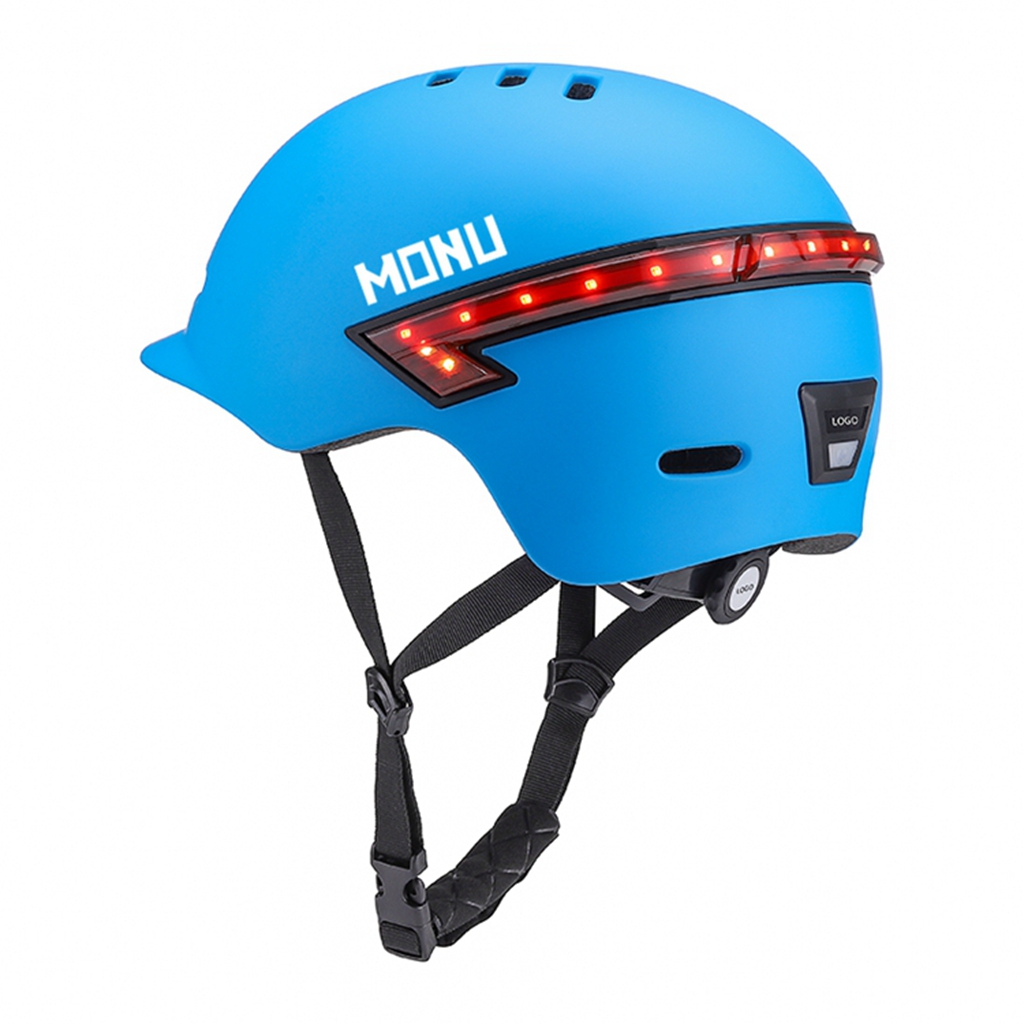
Key Features to Consider
When selecting a road bike helmet light,
there are several key features that you should consider to ensure that you get the best possible visibility and safety on the road. Here are the three most important features to consider:
Brightness
The brightness of your bike helmet light is one of the most important factors to consider.
You want a light that is bright enough to ensure that you are visible to other road users,
especially in low light conditions. Look for lights with a high lumen count, as this will provide you with the best possible visibility.
Some of the best bike helmet lights available on the market today have a lumen count of 1000 or more.
Battery Life
Another important feature to consider is the battery life of your bike helmet light. You want a light that will last for the duration of your ride, without running out of power halfway through. Look for lights with a long battery life, or consider purchasing a light with a rechargeable battery. This will ensure that you always have a fully charged light when you need it.
Mounting Options
The final feature to consider when selecting a road bike helmet light is the mounting options that are available. You want a light that is easy to mount and that will stay securely in place while you are riding. Look for lights that come with multiple mounting options, such as helmet mounts and handlebar mounts. This will allow you to choose the best mounting option for your specific needs.
By considering these key features when selecting a road bike helmet light,
you can ensure that you get the best possible visibility and safety on the road.
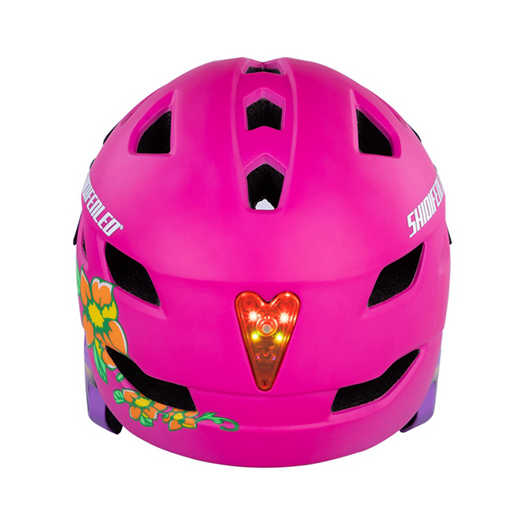
Safety and Regulations
Legal Requirements
When it comes to road bike helmet lights, there are legal requirements that you need to follow.
In the United States, every state has its own laws regarding bike lights,
and it is important to know the laws in your state.
For example, in California,
it is required by law for all cyclists to have a white headlight and a red taillight when riding at night.
The lights must be visible from at least 300 feet away. Additionally, some states require the use of reflective clothing or accessories.
It is important to note that failure to comply with these laws can result in fines or other legal consequences.
To ensure that you are following the laws in your state,
check with your local Department of Transportation or law enforcement agency.
Visibility Standards
In addition to legal requirements, it is important to consider visibility standards when choosing road bike helmet lights.
The lights should be bright enough to make you visible to other road users,
but not so bright that they blind other cyclists or drivers.
Look for lights with a minimum of 100 lumens for the front light and 20 lumens for the rear light.
It is also important to position the lights correctly on your helmet.
The front light should be mounted on the front of the helmet,
while the rear light should be mounted on the back.
Make sure that the lights are securely fastened and do not obstruct your vision or interfere with your helmet’s ventilation.
By following legal requirements and visibility standards,
you can ensure that you are visible and safe while riding your road bike at night.